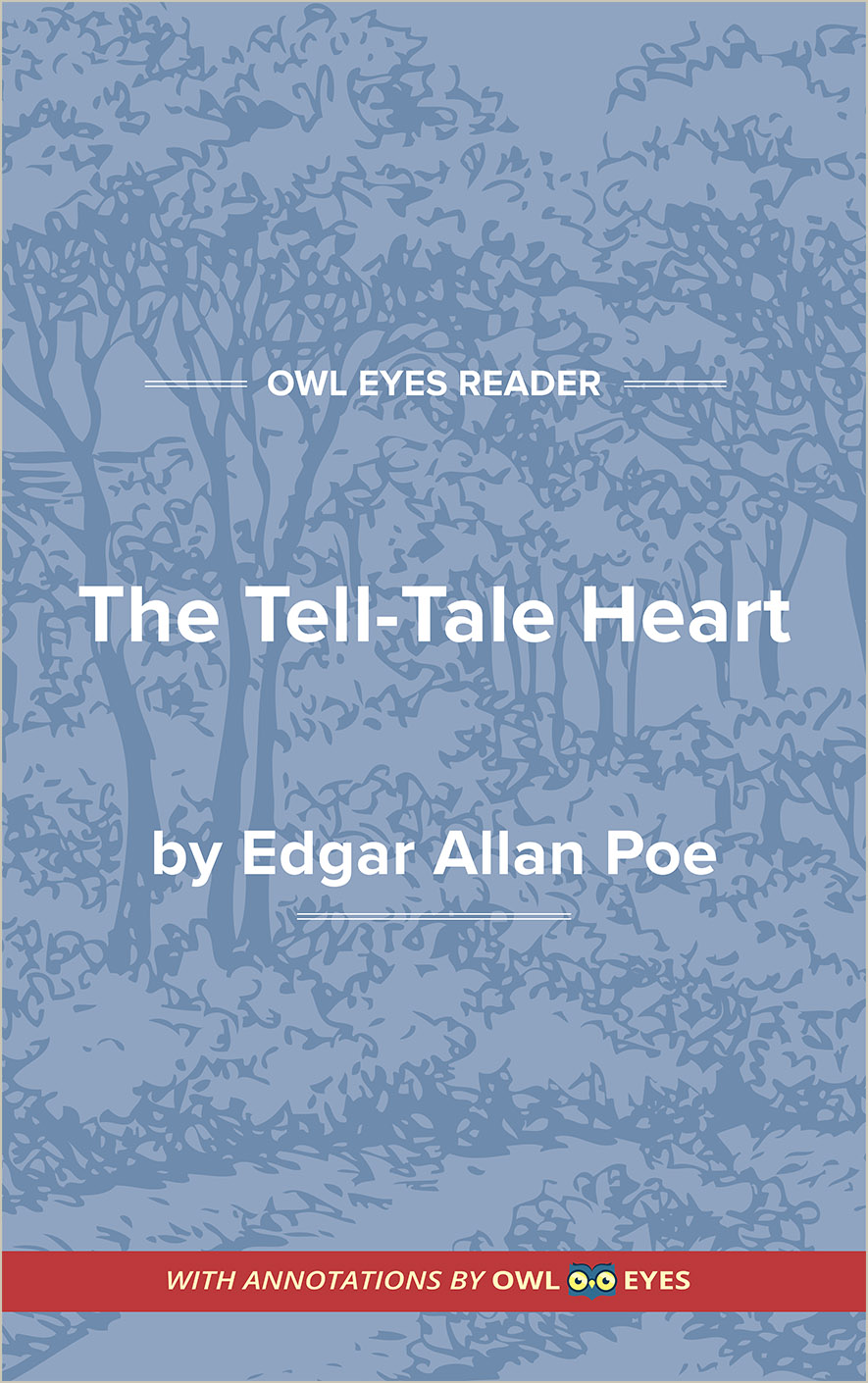Study Guide
Analysis Pages
Summary
Poe is often thought to be the author of stories about mad persons and murders, but attention is seldom given to the psychological nature of the madness in his stories. “The Tell-Tale Heart,” one of his best-known stories about murderous madness, is also one of his most psychologically complex works. The story is told in the first-person voice by the killer, who has obviously been locked up in a prison or in an insane asylum for his crime. He begins by arguing that he is not mad and that the calm way he committed the crime and can now tell about it testify to his sanity.
The central problem of the story is the narrator’s motivation for killing the old man. He begins by assuring his listeners (and readers) that he loved the old man, that he did not want his gold, and that the old man had not abused him or insulted him. There was neither object nor passion for his crime; instead, it was the old man’s eye. He says that when the eye fell on him, his blood ran cold and that he made up his mind to kill the old man and rid himself of the eye forever. Because the narrator provides no explanation for his extreme aversion to the eye, the reader must try to understand the motivation for the crime, and thus for the story itself, in the only way possible—by paying careful attention to the details of the story and trying to determine what thematic relationship they have to one another.
To understand a Poe story, one must accept Poe’s central dictum that every element in the work must contribute to its central effect. The determination of those elements that have most relevance to the central effect of the story, and are thus true clues rather than mere irrelevant details, is the principle that governs the communication of all information—the principle of redundancy or repetition. Because the narrator who tells the story is a man obsessed, those things that obsess him are repeated throughout the story.
In addition to the motif or theme of the eye, which lies at the center of his obsession and thus is repeated throughout, another central theme of the story is the narrator’s identification with the old man. As he plots his crime by nightly placing his head inside the old man’s bedroom door, he says the old man sits up in his bed listening, just as he himself has done night after night. Moreover, he says that the old man’s groan is a sound he knows well, for many a night at midnight he has felt it rise up within himself. “I knew what the old man felt,” he says, “and pitied him.”
If the reader ties these two ideas together and listens to the sound of “eye” rather than sees it, it is possible to understand the narrator’s desire to rid himself of the “eye” as his desire to rid himself of “I”—that is, his own self or ego. Such a displacement of the image of an “eye” for that which it sounds like—the “I”—is not an uncommon “mistake” for the dreamlike nature of the narrator’s madness. In order to understand why the narrator might wish to destroy himself by destroying the old man—which he does succeed in doing by the end of the story—one can turn back to the motifs of time and the tell-tale heart, which also dominate the story.
Throughout the story, the narrator notes that the beat of the old man’s heart is like the ticking of a watch. Moreover, he says, he and the old...
(The entire page is 945 words.)
Owl Eyes subscribers get unlimited access to our expert annotations, analyses, and study guides on your favorite texts. Master the classics for less than $5/month!

